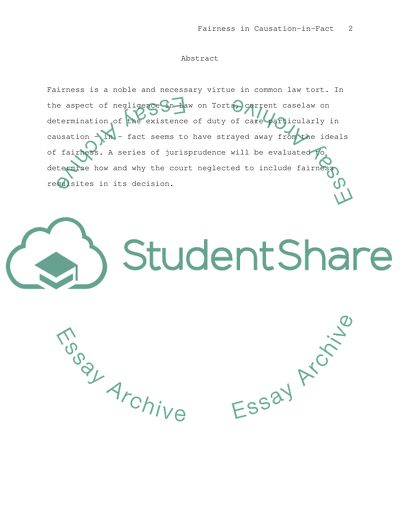Cite this document
(“Common Law Tort Essay Example | Topics and Well Written Essays - 2750 words”, n.d.)
Common Law Tort Essay Example | Topics and Well Written Essays - 2750 words. Retrieved from https://studentshare.org/law/1522445-common-law-tort
Common Law Tort Essay Example | Topics and Well Written Essays - 2750 words. Retrieved from https://studentshare.org/law/1522445-common-law-tort
(Common Law Tort Essay Example | Topics and Well Written Essays - 2750 Words)
Common Law Tort Essay Example | Topics and Well Written Essays - 2750 Words. https://studentshare.org/law/1522445-common-law-tort.
Common Law Tort Essay Example | Topics and Well Written Essays - 2750 Words. https://studentshare.org/law/1522445-common-law-tort.
“Common Law Tort Essay Example | Topics and Well Written Essays - 2750 Words”, n.d. https://studentshare.org/law/1522445-common-law-tort.


